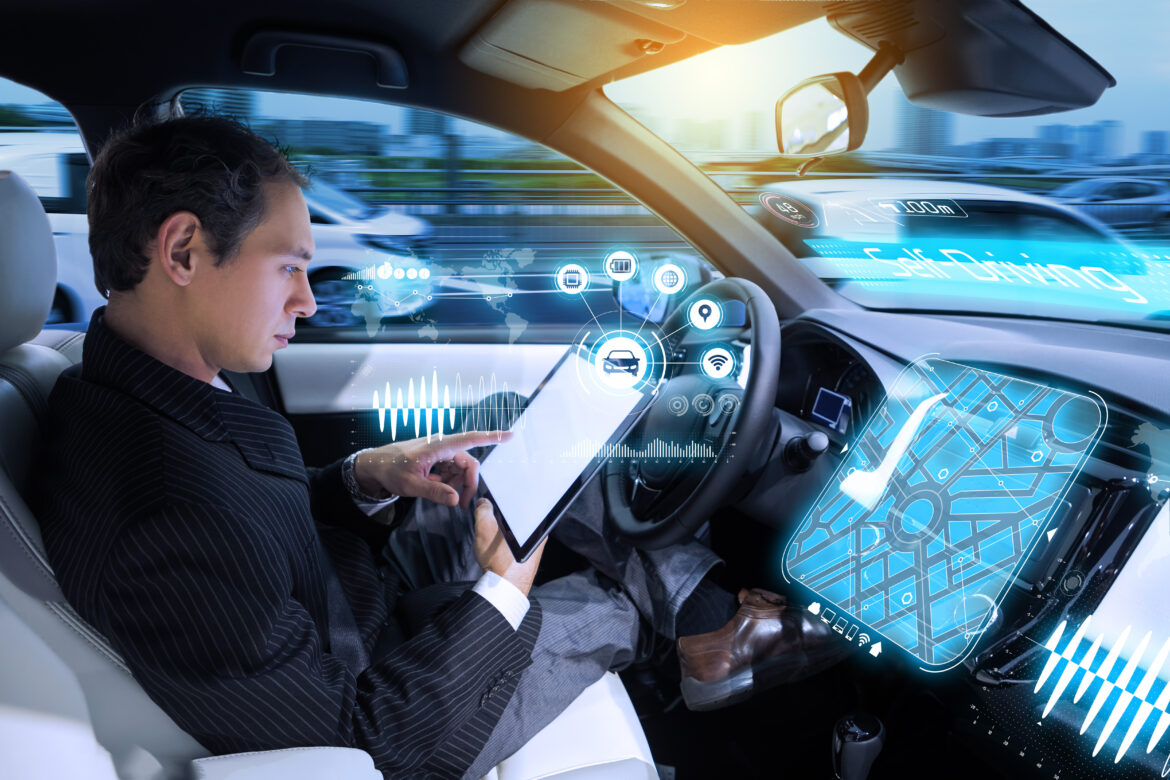The Future of Autonomous Vehicles: Innovations and Implications
Autonomous vehicles (AVs) are no longer a distant dream; they are quickly becoming a reality, promising to revolutionize transportation as we know it. With significant advancements in technology, the future of autonomous vehicles looks incredibly promising. This blog explores the innovations driving this field and the broader implications for society.
The Evolution of Autonomous Vehicles
The journey towards fully autonomous vehicles has been a gradual one, marked by incremental improvements in technology and regulatory changes. Early developments in cruise control and lane-keeping assistance have evolved into sophisticated systems capable of navigating complex environments without human intervention.

Key Innovations in Autonomous Vehicle Technology
1. Advanced Sensors and Perception Systems
– LIDAR and RADAR: These sensors provide 360-degree visibility, allowing the vehicle to detect and identify objects at varying distances.
– Computer Vision: Cameras and image recognition software help AVs interpret visual data, identifying road signs, pedestrians, and other vehicles.
2. Artificial Intelligence and Machine Learning
– Path Planning: AI algorithms enable AVs to predict and plan the best route by analyzing real-time traffic data and road conditions.
– Decision Making: Machine learning models help vehicles make split-second decisions, such as when to change lanes or how to handle unexpected obstacles.
3. Connectivity and V2X Communication
– Vehicle-to-Everything (V2X): This technology allows vehicles to communicate with each other and with infrastructure, enhancing situational awareness and reducing the risk of accidents.
4. High-Definition Mapping
– HD Maps: These detailed maps provide AVs with precise information about road geometry, traffic signals, and other critical features, enabling more accurate navigation.
Implications of Autonomous Vehicles
1. Safety Improvements
– Reduction in Accidents: Autonomous vehicles are expected to significantly reduce traffic accidents caused by human error, which accounts for the vast majority of road incidents.
– Emergency Response: AVs can quickly and safely transport individuals in emergency situations, potentially saving lives.
2. Environmental Impact
– Emission Reduction: Efficient driving patterns and the integration of electric vehicles can lead to substantial reductions in greenhouse gas emissions.
– Traffic Management: Improved traffic flow and reduced congestion can result in lower fuel consumption and less pollution.
3. Economic Implications
– Job Displacement: While AVs create new jobs in tech and engineering, they may also displace roles in driving and transportation sectors.
– Cost Savings: Reduced need for personal vehicle ownership and lower accident rates can lead to significant cost savings for consumers and insurers.
4. Urban Planning and Infrastructure
– Redesigning Cities: The widespread adoption of AVs could lead to the redesign of urban spaces, with less emphasis on parking lots and more on pedestrian-friendly areas.
– Smart Infrastructure: Cities will need to invest in smart infrastructure to support AVs, including advanced traffic management systems and V2X communication networks.
5. Ethical and Legal Challenges
– Regulatory Frameworks: Governments will need to develop robust regulatory frameworks to ensure the safe and ethical deployment of autonomous vehicles.
– Liability Issues: Determining liability in accidents involving AVs poses a significant legal challenge, requiring new laws and insurance models.
Current Trends and Future Predictions
1. Increased Adoption of Electric Autonomous Vehicles
– The integration of electric powertrains in autonomous vehicles is a growing trend, driven by environmental concerns and advances in battery technology.
2. Expansion of Autonomous Ride-Sharing Services
– Companies like Waymo and Uber are investing heavily in autonomous ride-sharing services, which promise to make transportation more accessible and affordable.
3. Development of Autonomous Public Transport
– Cities around the world are experimenting with autonomous buses and shuttles, aiming to improve public transportation efficiency and coverage.
4. Advancements in Autonomous Delivery Services
– Autonomous delivery vehicles, including drones and ground-based robots, are being developed to revolutionize logistics and last-mile delivery services.

Challenges Facing Autonomous Vehicle Adoption
1. Technical Limitations
– Despite significant progress, AVs still face challenges in navigating complex and unpredictable environments, such as inclement weather and construction zones.
2. Public Acceptance
– Gaining public trust in autonomous vehicles is crucial for their widespread adoption. Education and transparent communication about the safety and benefits of AVs are essential.
3. Cybersecurity Risks
– The connectivity that enables AVs also exposes them to potential cyberattacks. Ensuring robust cybersecurity measures is vital to protect against hacking and data breaches.
4. Infrastructure Readiness
– The existing infrastructure in many cities is not yet equipped to support AVs. Significant investment is needed to upgrade roads, traffic signals, and communication networks.
Conclusion
The future of autonomous vehicles is full of promise, driven by groundbreaking innovations in technology. The potential benefits are vast, from improved safety and reduced environmental impact to economic savings and smarter urban planning. However, realizing this future requires addressing technical challenges, building public trust, and creating supportive regulatory and infrastructure frameworks.
As we stand on the cusp of a transportation revolution, the journey towards fully autonomous vehicles offers an exciting glimpse into a safer, more efficient, and sustainable future. Embracing these changes will require collaboration among technologists, policymakers, and the public to ensure that the transition to autonomous mobility is smooth and beneficial for all.

